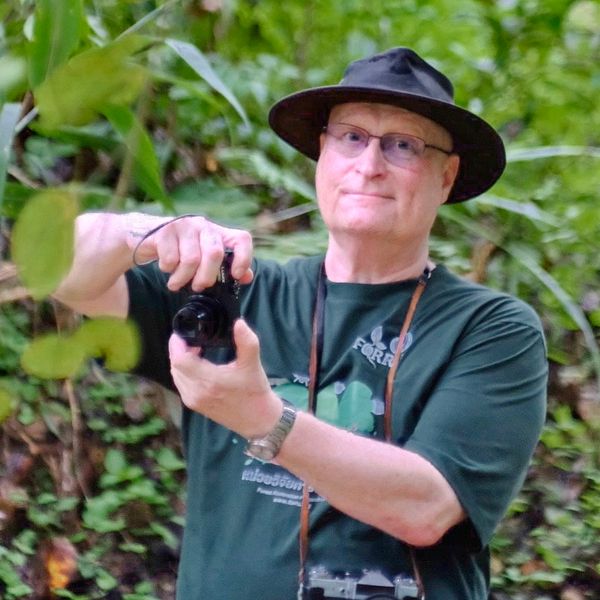The framework species method—harnessing natural regeneration to restore tropical forest ecosystems

Elliott, S., N.I.J. Tucker, D. Shannon & P. Tiansawat, 2022. The framework species method—harnessing natural regeneration to restore tropical forest ecosystems. Phil. Trans. R. Soc. B37820210073 https://doi.org/10.1098/rstb.2021.0073
Contributors
Abstract: The framework species method (FSM) restores forest ecosystems by densely planting open sites, close to natural forest, with a group of woody species, characteristic of the reference ecosystem, selected for their ability to accelerate ecological succession. Criteria for selecting framework species are: i) representative of the reference forest ecosystem, ii) tolerance of open conditions, iii) inhibit weeds, iv) attractive to seed-dispersing animals and v) easily propagated. The method is effective where forest remnants and viable populations of seed dispersers are retained. We recount inception of the FSM in Australia and review its adoption in 12 countries. Adherence to original principles was mostly high, but some misuse of the term was evident. The need for clearer definitions was identified. We place the FSM on a spectrum of restoration methods, matched with degradation levels and compare its establishment costs with those of other methods. We identify obstacles to its wider use (reliance on lengthy research and lack of seed availability) and how they might be overcome (greater use of indigenous knowledge and functional traits). Finally, we propose succinct definitions for the FSM and framework tree species, so that the method can contribute significantly to the UN Decade on Restoration, in appropriate locations.
Keywords: framework species method, species selection, active restoration, ecological succession, cost effectiveness





